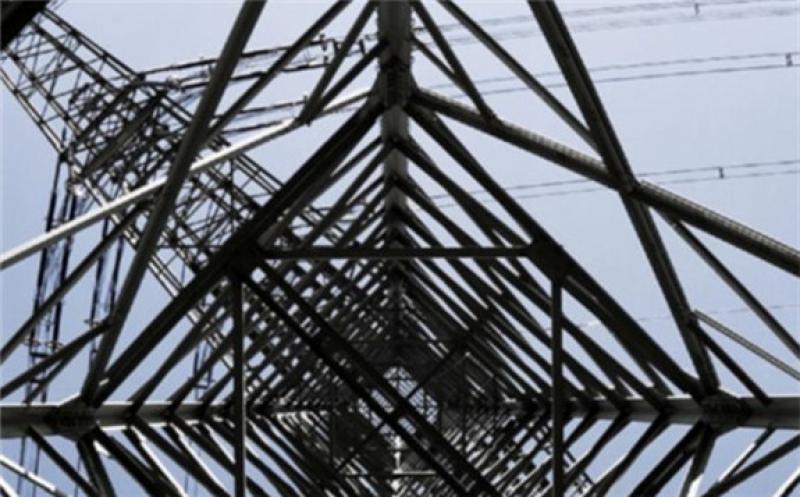A new study has found that innovative grid technologies can reduce levels of congestion redispatch and curtailment of renewables by as much as 90% by 2030.

The study, undertaken by consultancy Consentec for the grid technology industry association CurrENT, models three readily available but not yet widely taken up smart grid technologies in managing congestion in Europe’s transmission systems – dynamic line rating, modular power flow control and superconducting DC cable technology.
These technologies, which particularly in the US go under the moniker of ‘grid enhancing technologies’, are found individually to help optimise the power network but also there is a complementary benefit. Together, they could reduce the congestion-related curtailment of renewables infeed by 3TWh in 2030, the study found.
Christoph Maurer, Managing Director of Consentec, explains: “Our study showed that in the considered scenario, dynamic line rating and modular power flow control each reduce the volume of redispatch and costs by roughly 40%-50%. An additional HVDC connection with superconductor technology could reduce the redispatch costs by roughly 60% (or 30% compared to normal HVDC cable at same cost level).
“But the key result is that combining the three technologies results in volume and costs savings of roughly 90% compared to the reference case, proving the complementarity of approaches.”
The study was undertaken for an area including Germany, France, Benelux, Austria and Denmark, with 2030 used as the target year based on ambitious renewables uptake and greenhouse gas reductions.
Long distance transmission of electricity has increased significantly over the past decades and is expected to increase further with the requirement for both growing renewable capacity often distant from load centres and further electrification across sectors including transport and heating.
While transmission system reinforcement has been the traditional approach – and will continue to be a necessity – the new smart grid technologies offer an alternative to at least some of that reinforcement need.
“The report adds further evidence to what is becoming more widely recognised – that the optimisation of the existing grid is a no regrets option for achieving the 2030 objectives,” comments Susanne Nies, Board Chair of CurrENT and General Manager of Germany at Smart Wires.
“Massive network expansion is needed as soon as possible, yet using available tools that can cost effectively and expeditiously make our networks fit for purpose have largely been disregarded. We urge policy makers and transmission system operators alike to take the results of this report to heart.”
Smart grid benefits
In addition to the predicted savings in congestion costs based on the modelling, the report indicates that applying innovative grid technologies to optimise utilisation of the power system may bring additional benefits. Among these is increased flexibility, which in turn can help TSOs adapt to an increasing share of variable power in-feed from renewable energy sources.
Sensor-based dynamic line rating and modular power flow control can also be deployed quickly compared to building new transmission lines. The fast control capabilities of modular flow technology could also be part of a reactive strategy for transmission system operation and thus contribute to a rapid congestion relief in contingency situations.
Superconducting cables might not only reduce losses in long distance power transmission but will also reduce land use conflicts because of significantly lower demand for right-of-way and possibility for agricultural use of the soil above cable trenches.